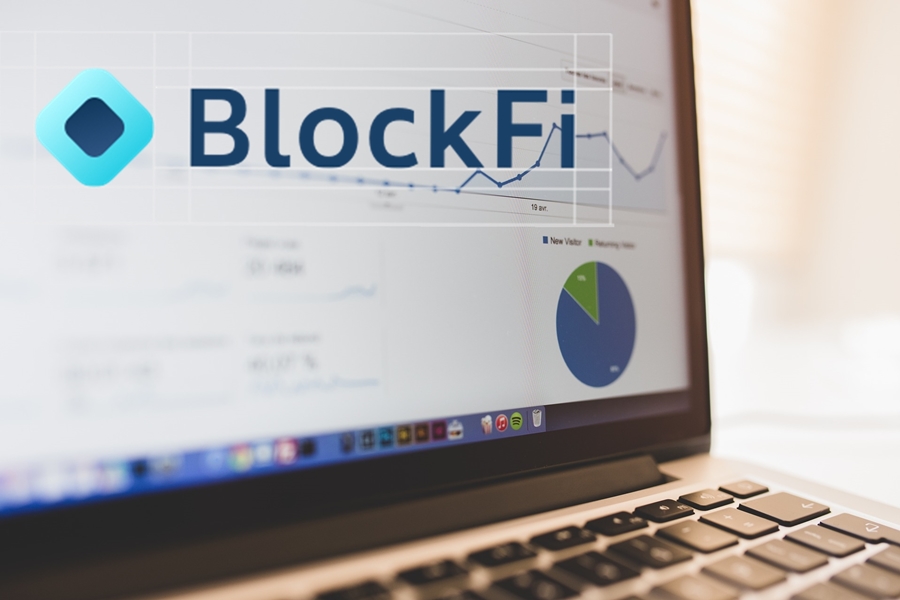BlockFi, the blockchain-based crypto lending platform has announced that it plans on adding XRP support for its services.
Zak Prince, the CEO of the company says that coin selection for the platform is based on these criteria: liquidity, volatility and consumer demand. Users are able to borrow US dollars by using the following cryptos as collateral: Bitcoin, Ethereum, Gemini USD (GUSD), and Litecoin.
According to a report made by Cointelegraph Japan, the XRP coin will be joining the platform’s list of supported cryptos in April or May.
BlockFi was established in 2017 by receiving financial backing from Galaxy Capital, a venture capital company that is under Mike Novogratz’s ownership. Galaxy Capital invested in the project $52.5 million, in addition to the funds invested by PJC and ConsenSys Ventures.
BlockFi enables users to lend sums in between $2,000 and $100,000 USD. The interest rates are situated in between 8% and 12%, depending on how much you borrowed.
BlockFi users can use the loans in order to launch startups, pay debt and or to add diversity to their portfolios with real estate assets and other traditional instruments.
Zac Prince has stated that the company’s goal is to build a lending platform that looks and functions like a traditional large scale creditor.
“The support we’ve seen from existing clients and investors highlights the strong demand for leveraging Bitcoin and Ether for low-cost USD loans. We look forward to expanding our services to support more cryptocurrencies and geographic markets in the near future.”
In addition to this list expansion, the company also expanded its services. According to an interview with Bitcoin Magazine, the platform made available its lending services to an international public. This expansion will include a total number of 46 states of the United States, a feat which required “quite a bit of work,” according to Zac Prince.
“There were a few things we need to do, primarily in regards to lending licenses at the state level, which has gone really well. So we’re now live in 46 states in the U.S., so it felt like it was the right time to start shifting our efforts to international expansion,” the CEO he went on to say in the interview.
They also expanded their customer services to include Spanish and Mandarin speakers as “the company felt the need to go global after establishing a strong footing in the US. The global services will adhere to US international business regulations.”
